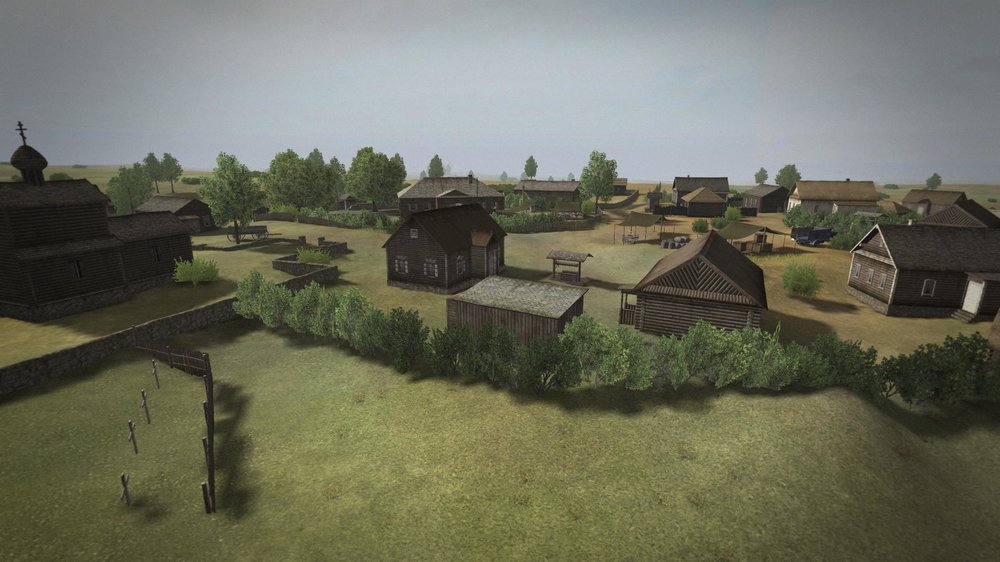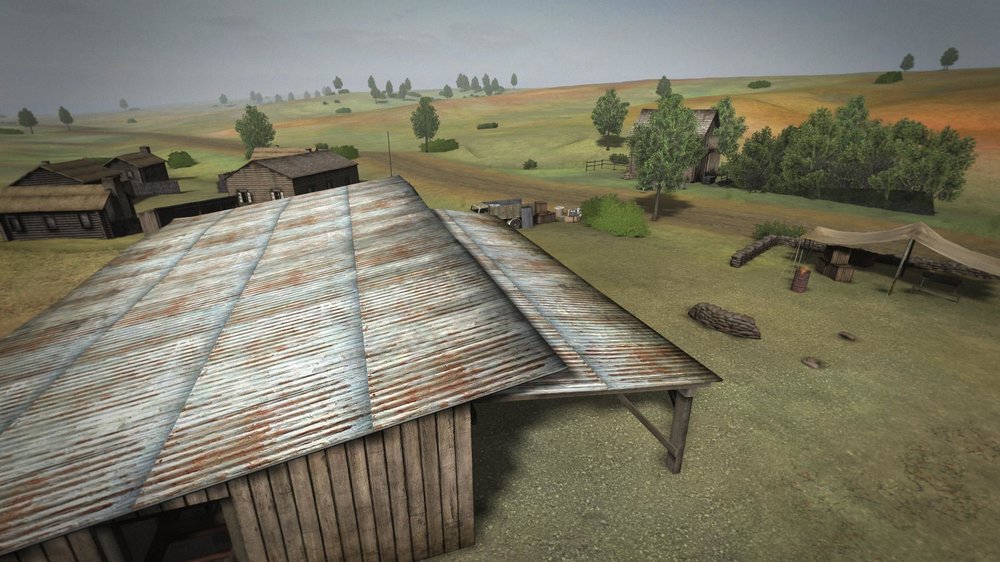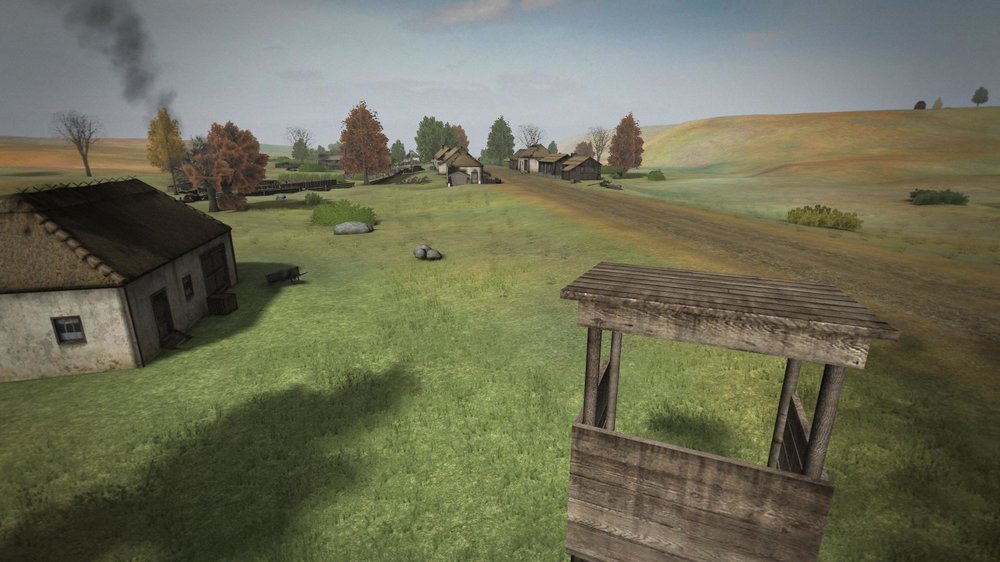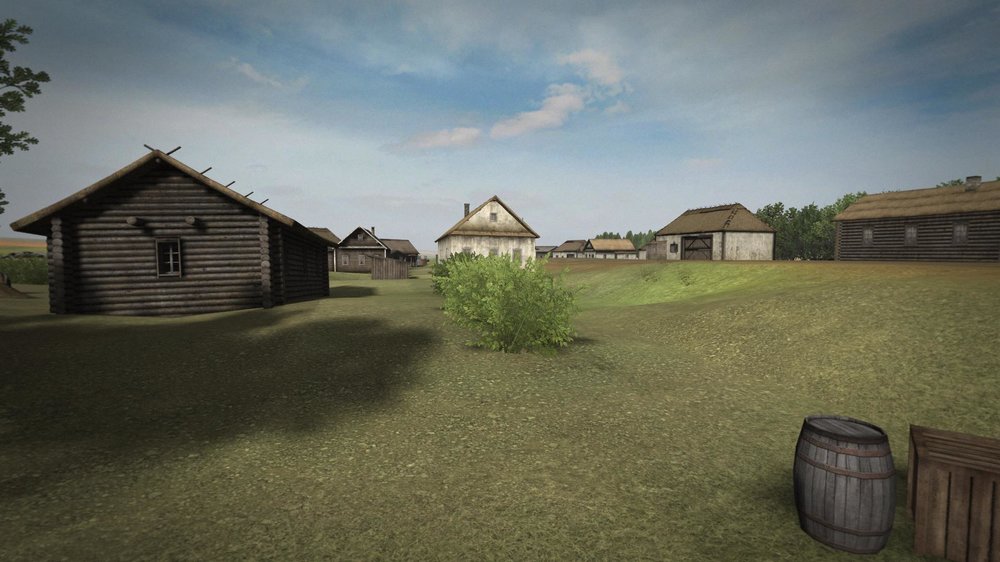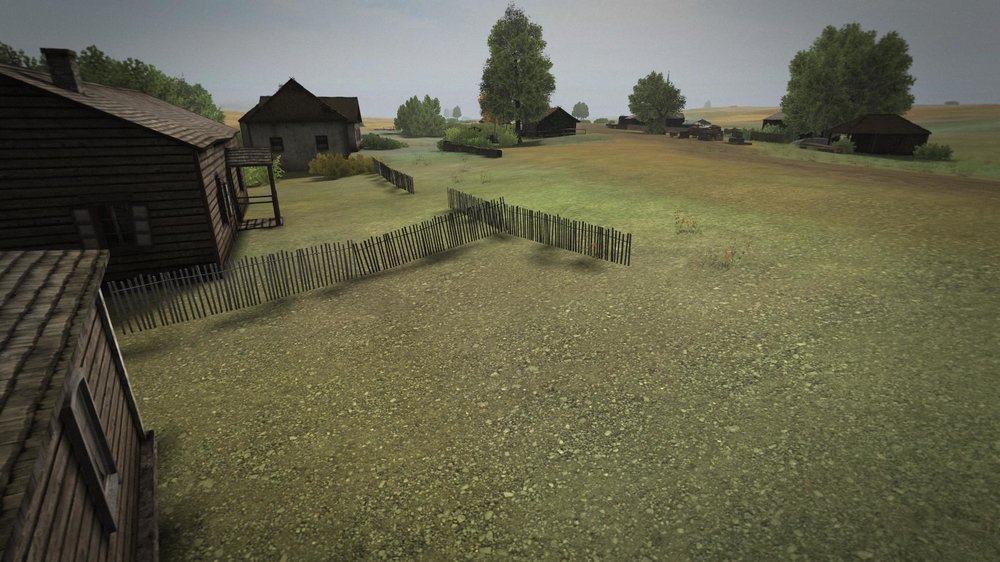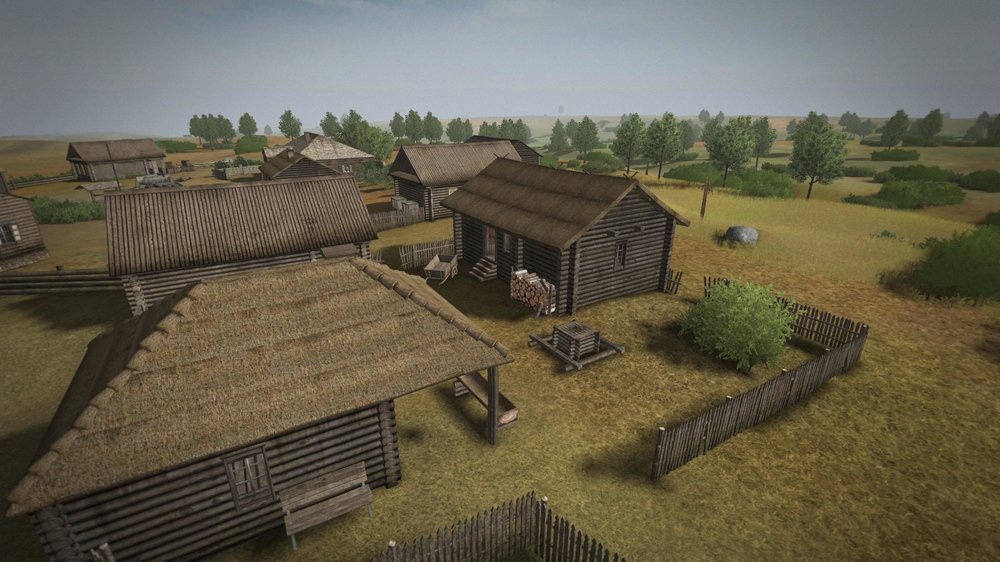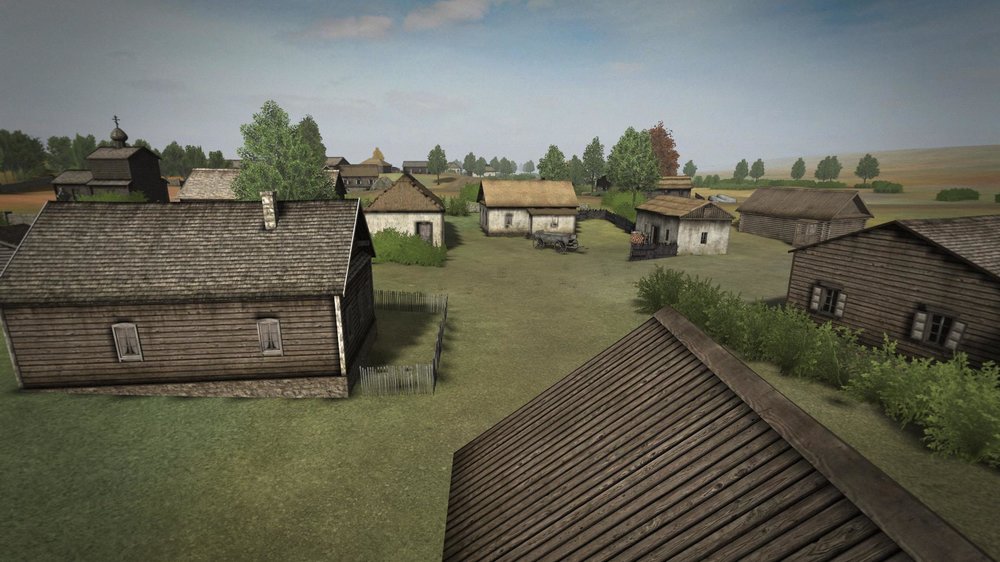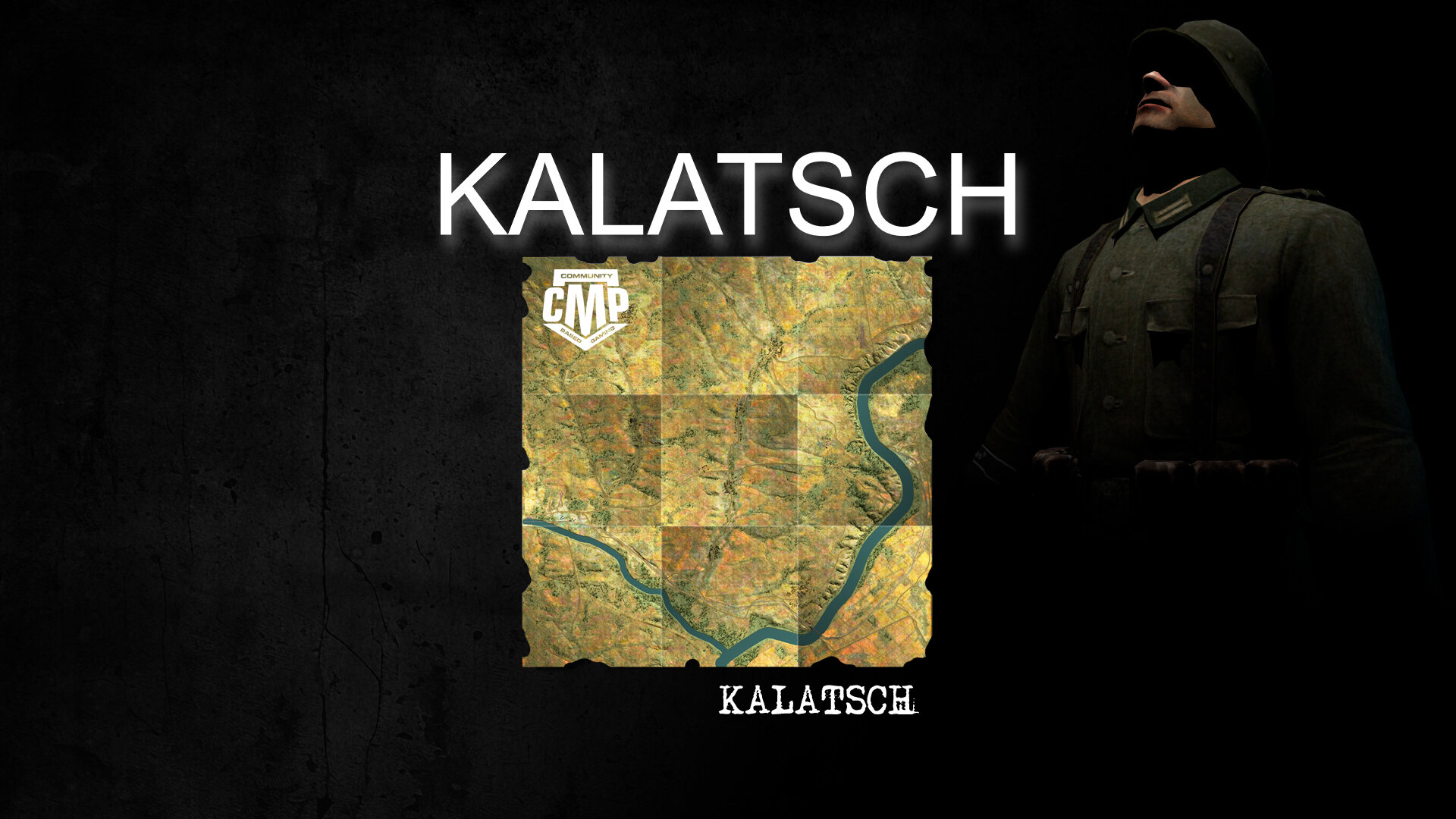
FH2 Campaign #16 - Darkest Hour: Battle #11 Kalatsch
Event created by Quicksilver
Event details

CMP FH2 Campaign #16: Darkest Hour
Battle #11: Kalatsch
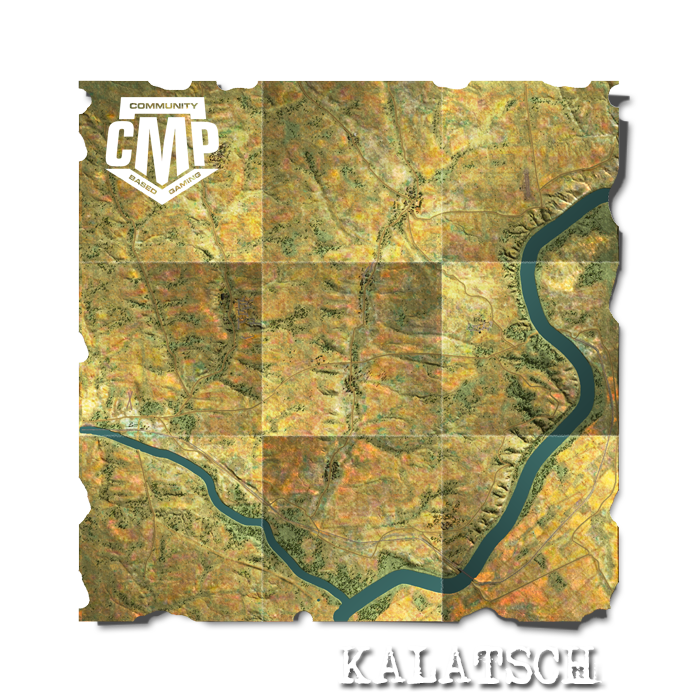
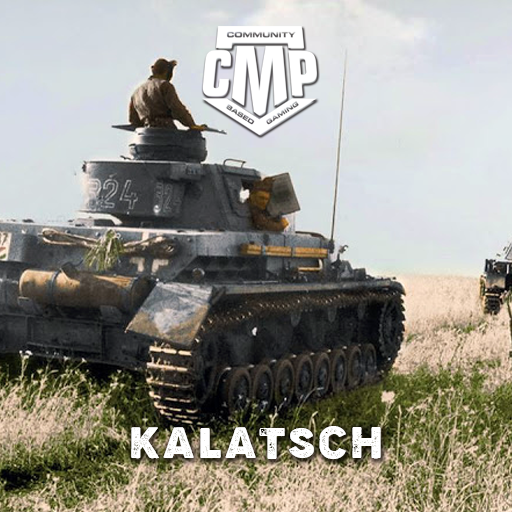
History
"At dawn on 7 August, XIV and XXIV Panzer Corps shredded the Soviet front line near Kalach from the north and the south, all the while receiving immense support from Fiebig's air corps and parts of Pflugbeil's. From the northeast and southwest, tight against the Don River, XIV and XXIV Panzer Corps struck into the Kalach bridgehead. Their spearheads made contact southwest of Kalach by late afternoon, trapping the main body (eight rifle divisions) of the Soviet 62nd Army in an encirclement. Joined by LI Army Corps the Germans began systematically destroying the surrounded Soviet forces. The pocket was wiped out in four days, by 11 August. Nearly 50,000 prisoners were taken, and the Germans claimed the destruction of a thousand Soviet tanks and 750 guns, although the claims of destroyed Soviet tanks are considered a little exaggerated. These losses threw the Soviet leader Josef Stalin into a panic and compelled him to feed more reserves into the fight at Stalingrad.
Air support in the battle was crucial, Fiebig's Junkers Ju 87 Stuka dive bombers mercilessly hammered the trapped Soviet troops and vehicles while Heinkel He 111 and Junkers Ju 88 medium bombers bombed the Soviet railway network and airfields with impunity, destroying 20 Soviet aircraft on the ground on 10 August alone, the technically and numerically inferior Soviet 8th Air Army achieving nothing thanks to losing its 447 replacement aircraft from 20 July to 17 August as fast as it received them. The Soviet Air Forces had poor logistical systems, a low level of crew training and abysmal standards for army-air communications and liaison. The Soviet aircraft were prematurely committed to the fight immediately upon arrival and were promptly and easily destroyed by the experienced German aviators. The disparity in effectiveness between the combatants became evident on 12 August when Fliegerkorps VIII destroyed 25 of 26 Soviet aircraft that attacked German airfields that day, suffering no losses in turn. No German losses were sustained the next day either as Fliegerkorps VIII destroyed 35 of 45 Soviet aircraft that tried to attack the German airfields."


